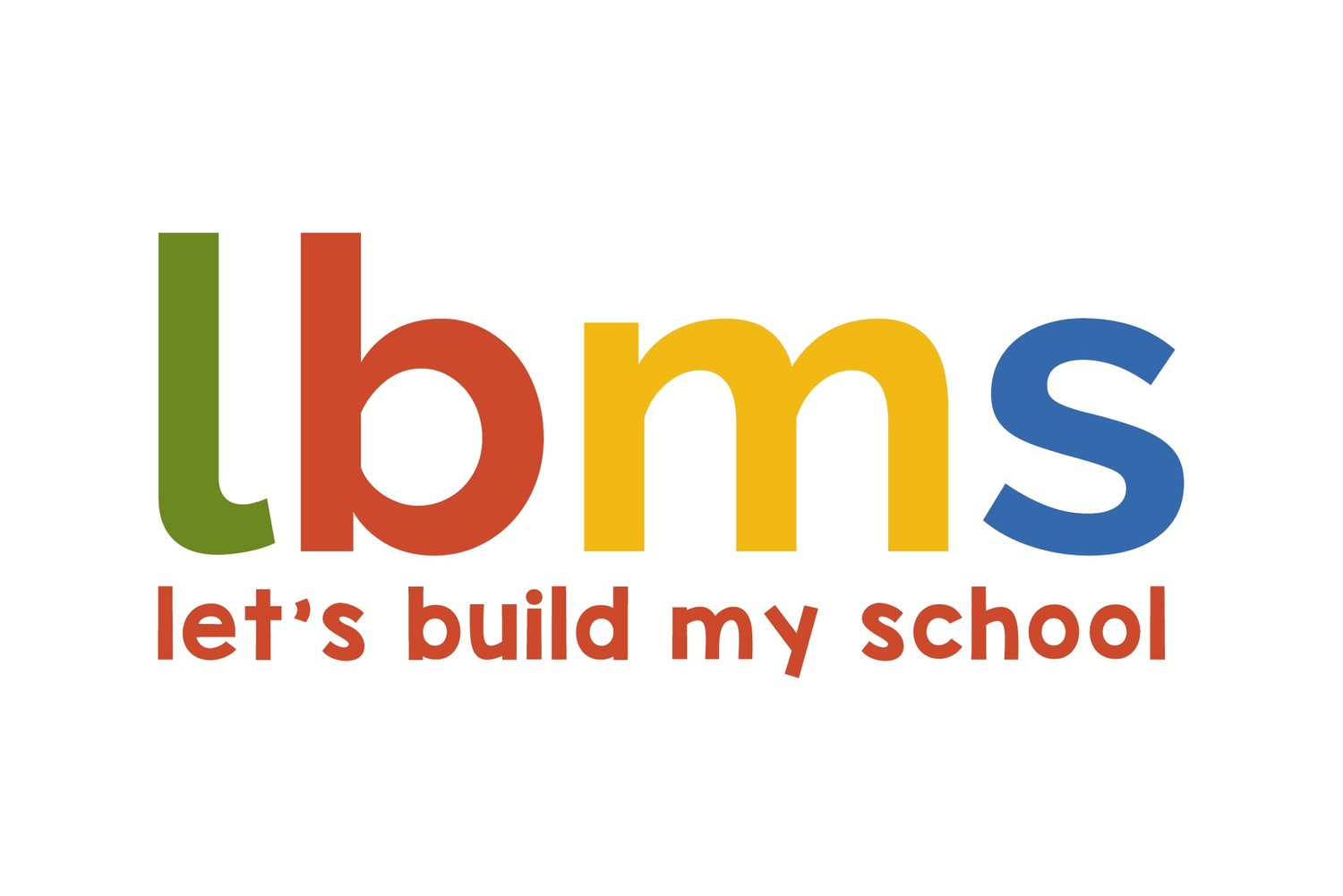Future Projects
Among the sites we visited in our exploration tour, we shortlisted the sites which are difficult to access and are lacking basic necessities such as water and electricity as they are the most forgotten by local authorities.
Mouri Ndiaye Elementary & High School
Location: Djilakh, Senegal
Requirement: 10 new classrooms for primary and secondary school
Construction Technique: Earth bricks, aggregate foundation and typha slab roof
Djilakh is a village located in the commune of Sindia, 93km from Dakar, in Thies region. It is composed of 12 districts. Djilakh has 4000 inhabitants and 2 elementary schools. No high school exists in the entire village. Each elementary school has a total of 400 pupils enrolled. The majority of children walk many kilometers to attend class every day.
The land is mainly empty, with no courtyard, or playground arranged. Two buildings were built in 1996, offered by an NGO. Three other classrooms located in the middle of the land were built in 1969 and are in poor state.
The buildings built in 1996 will be maintained. 1 building has 2 classrooms, the other has 3 classrooms. The other buildings built in 1960 will be demolished. The metal is rusting, the walls cracking and falling, fungus growing on the floors and walls. The project will be built in 3 phases. Phase 1 will include primary school with 3 classrooms, toilet and office. Phase 2 will include secondary school with 4 classrooms and toilet. Phase 3 will include outdoor recreation areas, library and additional classrooms. We will also do our best to renovate the existing classrooms in the southern part of the site.
Ethiolo, Senegal
Location: Ethiolo, Senegal
Requirement: 6 new classrooms secondary school
Construction Technique: Clay and Bamboo
Ethiolo is located in the West of Senegal, 80km from Kedougou, where the climate is extremely humid. The village of Ethiolo borders 15 other villages. None of them have access to electricity and all share one primary and one secondary school. Students walk 6km, 4 times daily, to get to school.
We will focus on developing the secondary school. The school has 6 classrooms, 3 are permanent structures built in blockwork from cement (funded by an NGO) and 3 temporary classrooms made of wooden structures, bamboo walls and zinc roofs. Each class has an average of 40 students.



